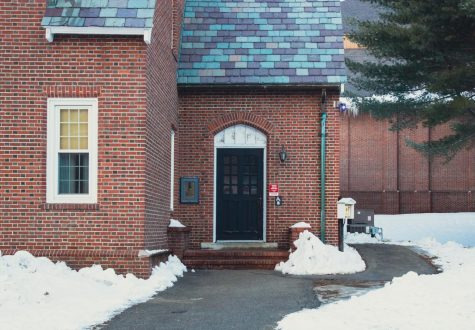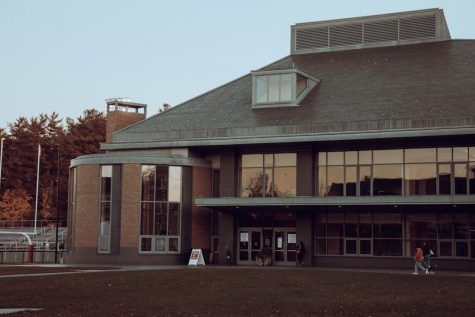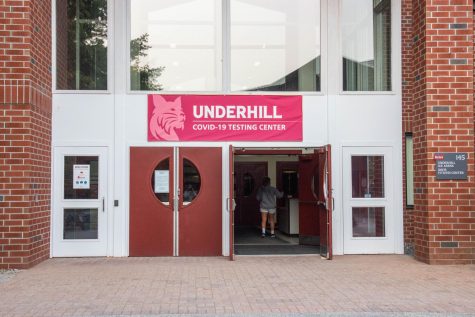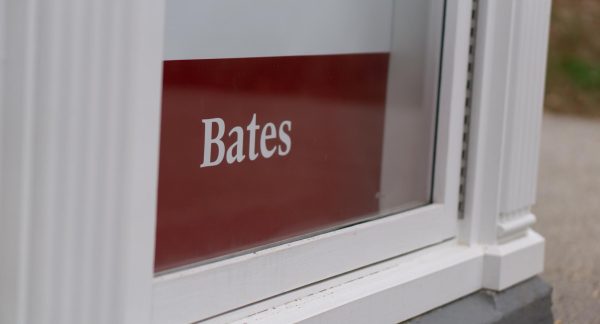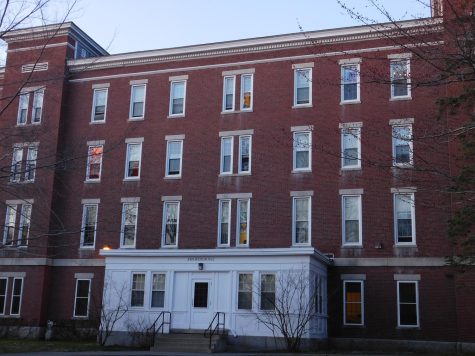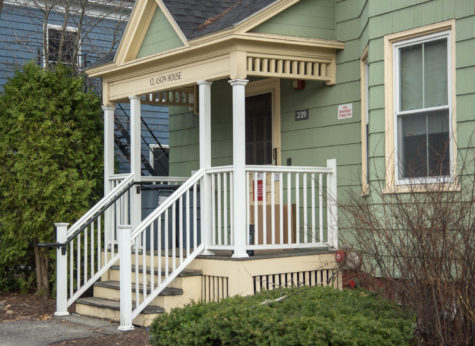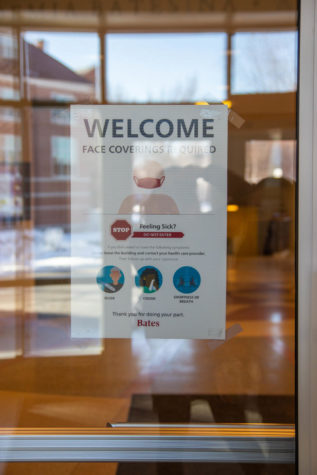What does COVID-19 mean for our incarcerated population?
Today, we are all grappling with the effects of COVID-19 as well as the fear and anxiety that come with it. However, many of us are able to take steps to protect ourselves and can retreat to our homes with our families. What about those who do not have the privilege of social distancing? What about the 2.3 million incarcerated people in this country living in close confinement with each other, often without access to basic medical care or practices of hygiene? For them, the coronavirus is truly a recipe for disaster, one that will soon get out of control.
The United States incarcerates more people per capita than any other nation. Over the past forty years, the nation’s prison and jail population has increased by five hundred percent. Surely, crime rates have not increased by five hundred percent – rather, the United States has adopted and built upon a sociopolitical agenda that has motivated mass incarceration with a particular emphasis on drug offenses. The War on Drugs of the 1980s and 1990s marked a period of unprecedented incarceration rates and extreme sentences for non-violent drug offenders. The policies of this period disproportionately targeted people of color and low-income communities, groups that continue to feel the impact of these policies today.
Right now, in federal prisons, almost half of prisoners are there for drug charges, and more than 60 percent are people of color. However, the War on Drugs is not the sole reason for the horrifying number of people behind bars. Our criminal justice system works against the poor and vulnerable. For example, those who cannot pay their bail are often stuck in jail, regardless of whether or not they are legally innocent. In fact, almost two-thirds of inmates in local jails were not convicted. Additionally, it is becoming more commonplace for those who had previously been incarcerated and served their time to be jailed again due to legal debt and their inability to pay.
So, in the face of a global pandemic, what is the fate then of this enormous component of our population? It is essentially impossible for those who are incarcerated to follow the public health advice that we are reminded of every day. Our political leaders and medical professionals consistently stress the importance of hand washing and sanitizing in mitigating the spread of this virus, yet we know that hand sanitizer and other cleaning products are widely banned in prisons due to their alcohol content. Even available sinks and soap to wash one’s hands are not always present. Once the virus enters these facilities, there are no mechanisms for controlling it. Additionally, given the testing shortages for the general population, there is little infrastructure for monitoring the spread of the virus or having an accurate understanding of who has contracted it.
As of this week, there are already hundreds of confirmed COVID-19 cases in local, state, and federal correctional facilities across the country from Chicago to Michigan to Louisiana. In New York City, 180 prisoners and 141 employees at the Rikers Island Jail and other city jails tested positive for the virus as of March 31st.
Despite known cases of the coronavirus existing in the United States since January, our leaders are only now starting to consider its implications for incarceration facilities. This slow response and indifference to protecting the 2.3 million people in these facilities highlights the blatant hypocrisy of our criminal justice system.
At this point, the spread of this virus in prisons will be unstoppable and deadly. Many of those living in confinement fall into the categories that the CDC and other health experts have deemed the most vulnerable. Many inmates have underlying health issues and the number of inmates older than 55 has been on the rise over the past twenty years.
In the short term, I believe that the only way to save lives given these circumstances would be to immediately release as many prisoners as possible without putting communities in danger. Given the amount of prisoners that will end up getting this virus and becoming critically ill, it is unrealistic to talk about containing those who are sick or moving them to a different facility. On top of that, most prisons simply do not have the medical resources to treat those who have the virus. It is going to be crucial that all actors in the criminal justice system from police officers to prosecutors to prison employees consider the health risks and the consequences of their choices.
In the long term, I believe that this pandemic is an opportunity to reconsider the state of incarceration in this country. Holding mass numbers of people behind bars is entirely unnatural, and the conditions in which they live are inhumane. There are alternatives to incarceration that may achieve the same goals of safety, rehabilitation, and punishment more effectively. I believe options such as probation, community service, and home confinement should be explored more, especially for those convicted of minor, non-violent crimes.
This pandemic will mark a turning point for many of our institutions and structures, as COVID-19 has exposed both the strengths and the weaknesses in our systems of communication, education, production, and more. I think it is possible that we will also see a reduction in our future rates of incarceration after all this is over, but we must act now to protect and advocate for those who are currently trapped inside jails, prisons and detention centers.
Your donation will support the student journalists of Bates College and help us cover our annual website hosting costs.

Sophie Mackin is a senior from New York City, majoring in Politics with a minor in History and a GEC in Latin American Studies. She's excited to work as...



